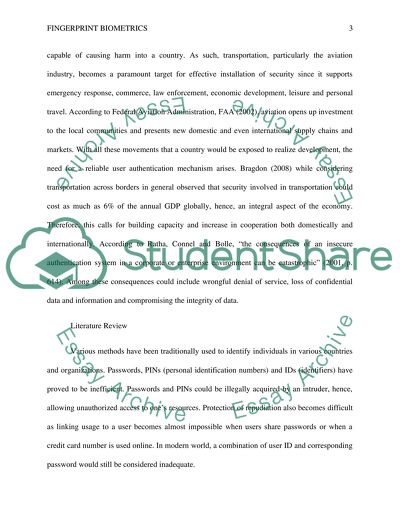Cite this document
(“Biometrics Fingerprint Indexing at International Borders: is it Research Paper”, n.d.)
Retrieved from https://studentshare.org/design-technology/1396984-biometrics-fingerprint-indexing-at-international
Retrieved from https://studentshare.org/design-technology/1396984-biometrics-fingerprint-indexing-at-international
(Biometrics Fingerprint Indexing at International Borders: Is It Research Paper)
https://studentshare.org/design-technology/1396984-biometrics-fingerprint-indexing-at-international.
https://studentshare.org/design-technology/1396984-biometrics-fingerprint-indexing-at-international.
“Biometrics Fingerprint Indexing at International Borders: Is It Research Paper”, n.d. https://studentshare.org/design-technology/1396984-biometrics-fingerprint-indexing-at-international.


